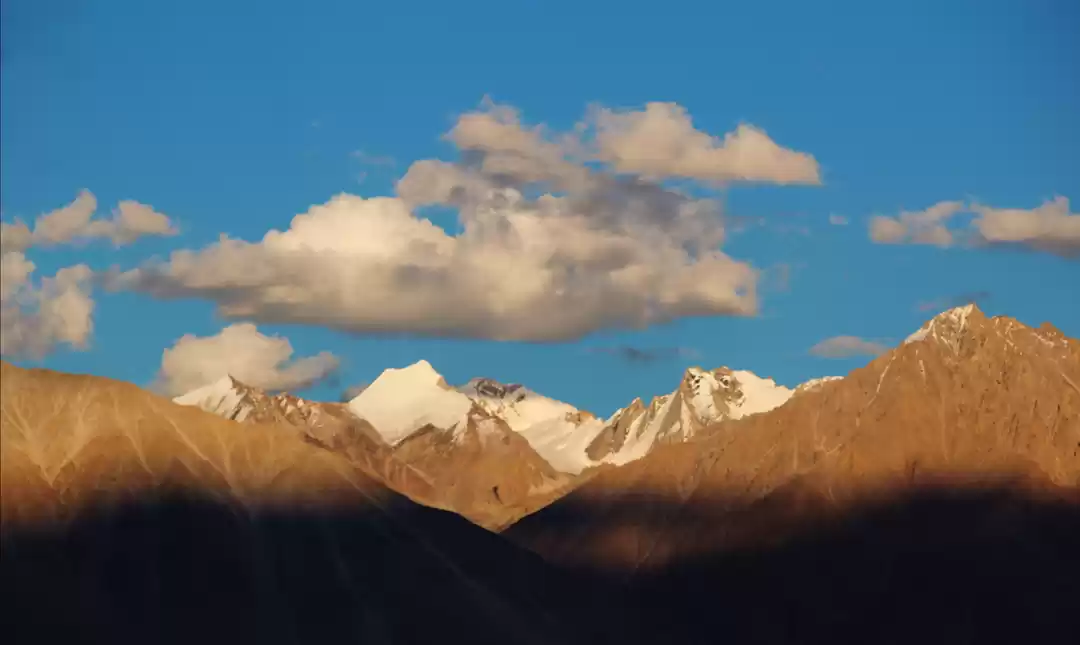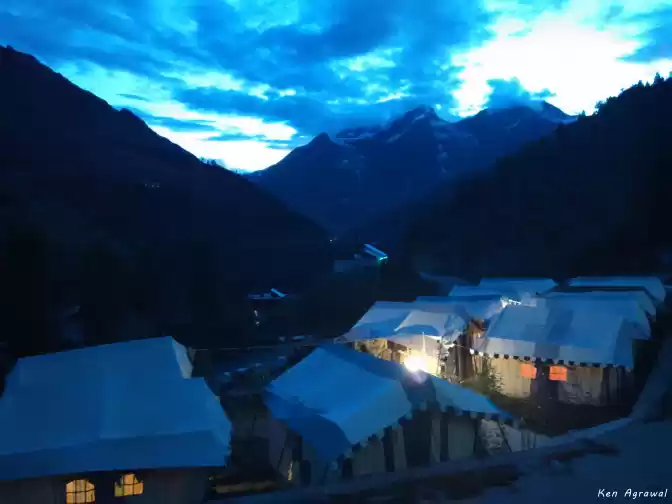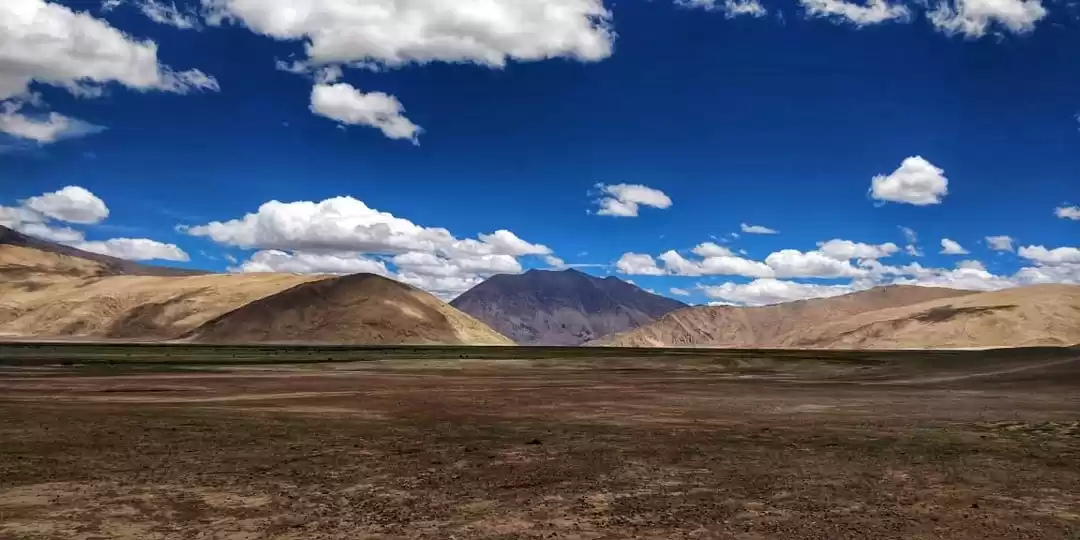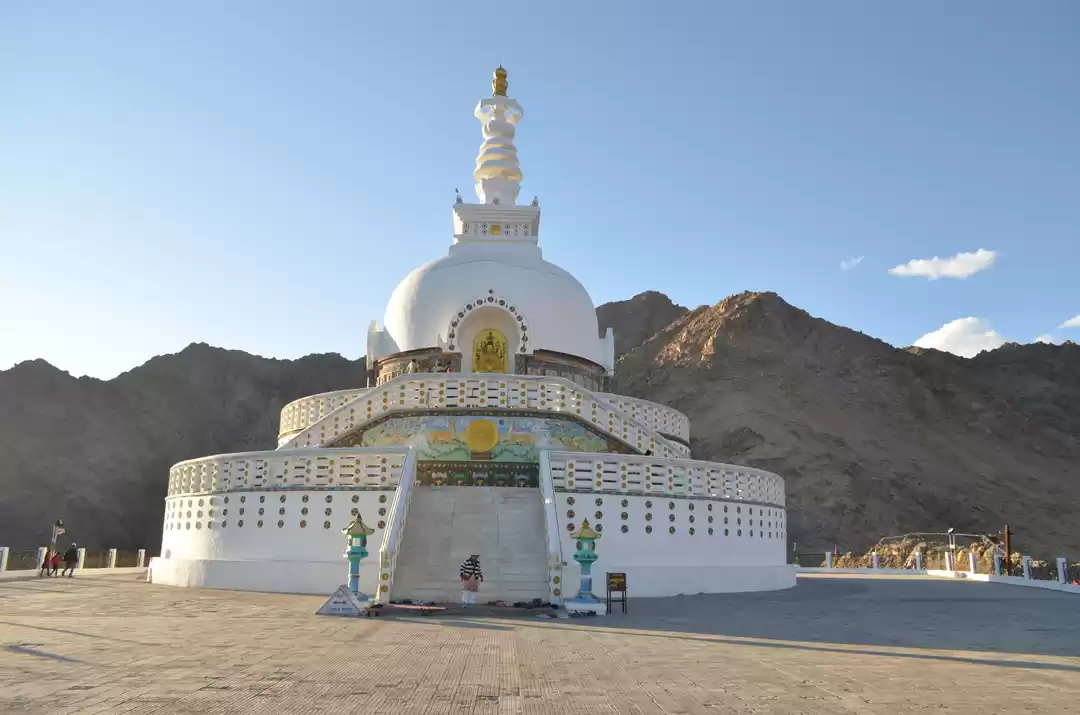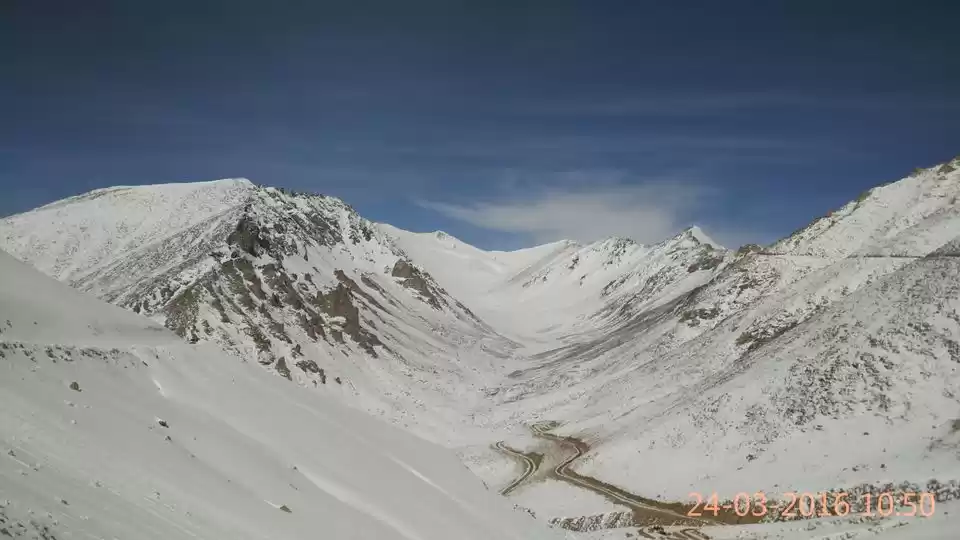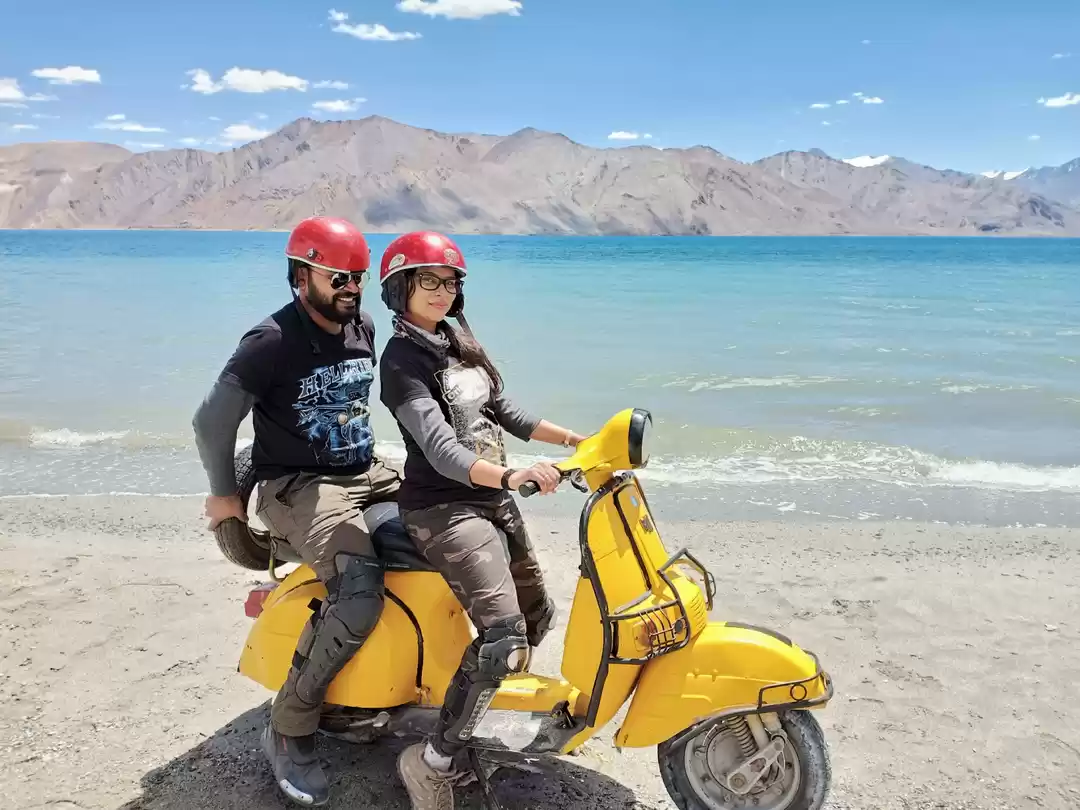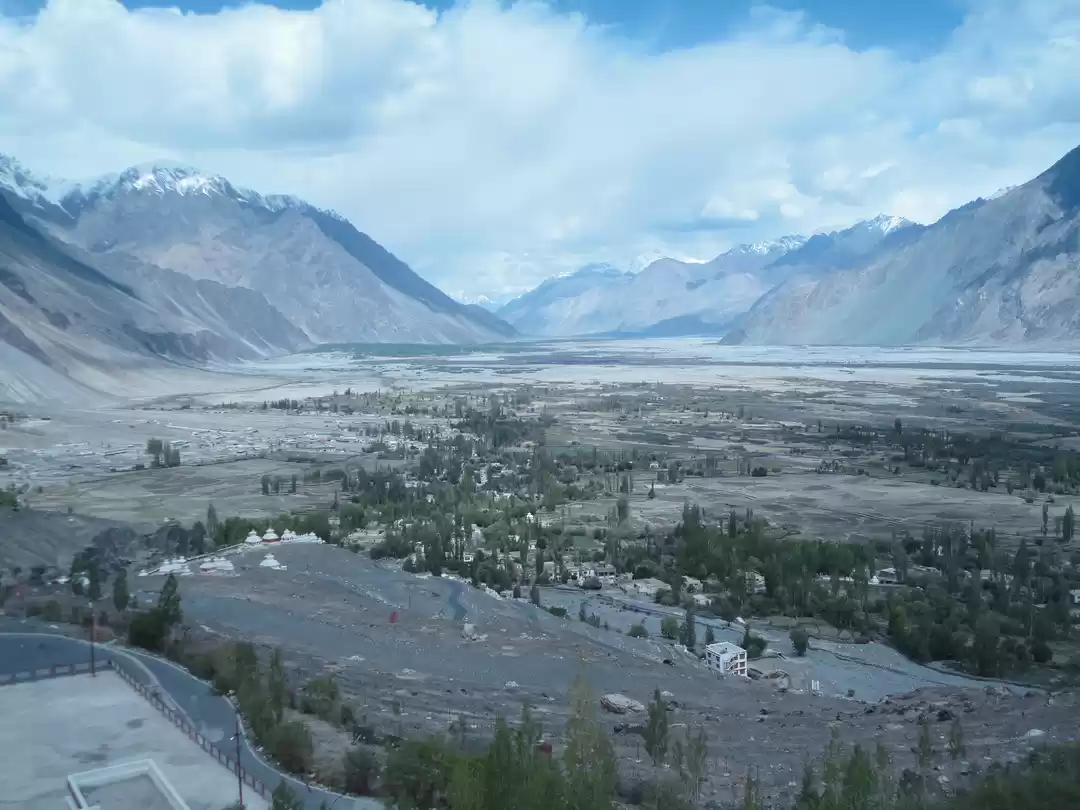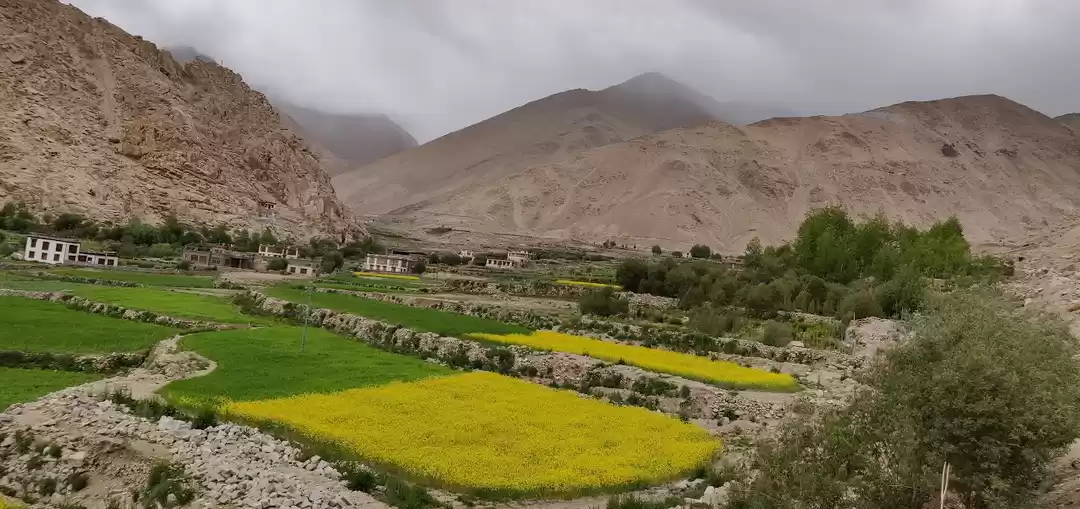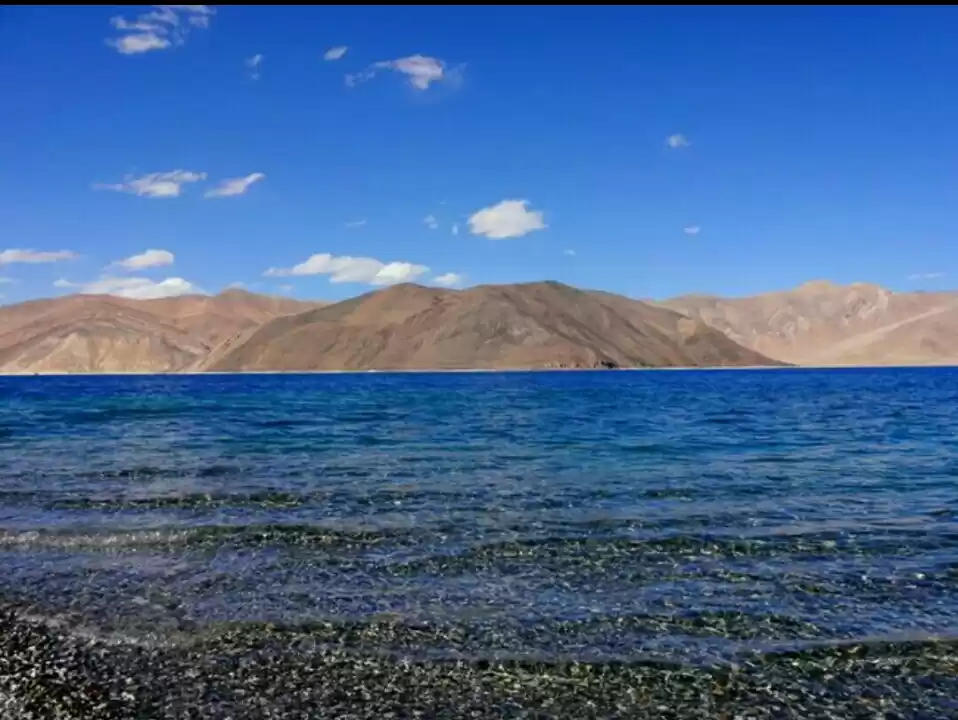
My chaotic breathing finally ceased, after I eventually boarded the flight to Delhi. The struggle was real, especially after missing out on an ineffectual budget airline of the Spice jet, which as usual got rescheduled, but this time by more than two hours, which means I am gonna miss my connecting flight to Delhi from Bangalore, which in turn may affect my Delhi to Leh flight. So, this is a real irksome problem of connecting flights that will get into your nerves. The rescheduling of one flight is enough to burn a hole in your pocket and ruin your whole itinerary. This may sound puerile, but trust me, a reality check will prove to be highly pernicious especially when you plan a trip thousands of kilometers away from your hometown, with inns and SUVs pre-booked, money meted out for it, and a proper laid out itinerary. After a heedful hunt in various websites, finally with no options left, I had to book an internationally bound Air India departing from Cochin, whose fare is double to the domestic spice jet which I had booked previously. The narrow roads, choking motor jams, catholic processions and traffic diversions left me perturbed as it took almost six hours to reach Cochin International airport from Calicut by road (more than two hours of usual time). With boarding already being closed for my scheduled flight,an earnest plea to the officials had me by luck. So I finally boarded the flight to Delhi after all the contiguous adversities that levied a huge toll on my mental health. The aerial view of mighty himalayan terrains from flight enroute Leh airport made me sigh out of pure bliss. It was indeed a perfectly timed redemption from a mental deadlock that was stifling my mind from reaching the gossamer thread of beatitude. The flight finally taxied to the runway and halted. With almost three layers of clothing including a cotton blend merino wool thermal wear, a cotton pullover and a thick polyester jacket, I got out of the flight resisting the early morning bone chilling sub zero temperature, at an altitude of the about 11,500 feet. I am an ardent lover of cold weather, but hailing from a humid coastal place in south, I apparently had some difficulties in experiencing the rigors of cold, oxygen deficient atmosphere of the himalayan valley. As slow as a sloth, I snail-paced till I reached taxi, to prevent the unpleasant altitude sickness, which can strike any healthy individual above an altitude of 10000 feet (sometimes above 8000 ft. itself), and aggravates even on the slightest exertion. I took a diamox as soon as I reached the hotel room, and reposed the whole day in my couch, enjoying the tranquility of cold valley. Complete rest for a day or two is mandatory in high altitude places for your body to get acclimatised to the oxygen deficient atmosphere. This is the first and foremost preventive measure one has to take in high altitude places to prevent mountain sickness. In the biting cold I quenched my munchies with a bowl full of hot fried egg noodles, and dropped off to sleep like a log under the thick heavy comforter of the hotel room. Early morning shimmer of the sun gleamed on my face through the window glass and woke me up to the delight of clear sunny sky and ice capped white mountains. The days are longer here, with early sun rise at around 5.30 am and late sun set at around 7.15 pm.

This Buddhist shrine of peace is situated at a height of around 11,840 feet on a hill top in Changspa, about 5 kms from Leh, this Buddhist shrine was built to commemorate 2500 years of Buddhism and to promote peace. Shanti stupa is one of the most visited places in Leh. One can reach the stupa either by steps or by road. Climbing 500 steps to reach stupa is a bad idea as even slightest exertion can cause altitude sickness. Shanti stupa offers one of the best panoramic views of Leh which descries the scenic poplar trees and drop dead snow clad Himalayan mountains. Venerable Nichidatsu Fujii Guruji, a Japanese buddhist monk inspired 19th Kushok Bakula Rinpoche to build the peace pagoda in Leh, and the road to stupa was sanctioned by then Prime Minister late Indira Gandhi. Buddhist people in Leh are one of the most friendliest people I have ever come across with whole hearted smile greeting everyone with a warm gesture saying "julley" which means "hello or namaste" in their language. The peace shrine is truly a remarkable fitting tribute for the people of Leh.
*Timings- 5 am to 9 pm.
*Entry fees- none.
*Dress modestly.
*Do not litter.
*Cameras are allowed.
Let us now head to the mighty Khardung-la.

After a hour long of waiting for the entry, and holding my horses of excitement, the journey to one of the highest motorable passes in the world began finally. It was a rough herky- jerky ride on the narrow dangerous terrains engulfed in the thick sheets of ice. The prophylactic dose of diamox really worked. Even at an altitude of over 17,500 feet, I didn't have the symptoms of the unpleasant acute mountain sickness. My excitement didn't last long. Motion sickness didn't spare me. Let me tell you, motion sickness is the most unpleasant thing one can get during travel. And for me, it's more of psychological rather than the actual deeds of inner ear. Once the unpleasant feeling of motion sickness grips my mind, I find it really difficult to cope up with the odds of it. It's like a loathsome force trying to blackjack my mind pushing it to the deepest realms of unsavory. I really don't have words to describe the magnitude of this disagreeable state of mind. For me it's a mental torment that stays in my mind for a minimum of one week and triggers to vomit each and every time I think about it. I absolutely love mountains, but I dread motion sickness. It seems like there is no way out, because I love traveling too. Hyoscine upsets my stomach, so I absolutely avoid them. Everything comes at a cost. Isn't it? Either live with it or get above the notch that constrains you. I finally reached the much hankered place- the mighty Khardung-la at a whopping altitude of about 17,580 feet. The Border Road Organization (BRO) and Indian army has a strong presence here. You are super prone to get mountain sickness at this altitude and human body won't tolerate the meagre oxygen content of the air here, unless you are well acclimatised or born and brought up at high altitude places, so that you are physiologically adapted to the changes. So it's risky to stay at this place for a longer time. The sickness was overwhelming and I had to get out of the car to vomit. You tend to be more indolent in cold. This was extreme dry cold, and I totally became exhausted after an episode of vomiting. I got back to the car without even clicking a photo. There is a local sign board by border roads organization, that claims the height of khardung-la to be 18580 feet which is cited wrongly.
*Distance from Leh- 39 kms.
*Don't get too excited and exert much.
*Don't stay there for more than 15 mins.
*Khardung-la is closed between the months of October and may due to heavy snow fall.
*Do not litter.


The uneasiness and extreme lassitude due to motion sickness reduced me to an inert zombie. My threadbare energy didn't even let me open my eyes to have a look outside the car. After a long drive of more than 5 hours, I finally reached Nubra valley where Hunder sand dunes are present. I really didn't have any energy to exert. I have read a lot about the enchanting vibes and those stunning fathomless twinkling stars of night sky staring at you in the valley. This impelled me to get out of the car to feel the vibes. It was truly magical like a fairy land of sand dunes, cold desert, two humped bactrian camels, and the beautiful Nubra river whose origin is from the world's second longest glacier and world's highest battlefield Siachen glacier, nestled snuggly between the gargantuan Himalayan ranges. This is the most beautiful place I have ever visited in my life. I instantly felt a great solace after seeing this charming valley. It was like a new lease of laid back life after suffering from the highly unpleasant motion sickness. Nubra valley was an important place in the erstwhile silk route. This cold desert of Ladakh has a scanty vegetation and a very meagre population. There is an old 14th century monastrey named Diskit Gompa in Diskit village. The main attraction here is the giant 106 feet tall statue of Maitreya (Buddha) facing the Shyok river, a tributary of river Indus. It was cold and windy. The tranquil vibes of gompa elated me abruptly until I saw a scumbag sneakingly throwing his plastic bottle down the gompa without any speck of shame. These shameless and noxious people are the most elite no-good junkies of 21st century who are a threat to our nature. Please don't be one. Be civilized and act like a human, when you are in such places.
*Inner line permit is required to visit Nubra valley.







The drive to Pangong lake, traversing Shyok valley and Spangmik was unbelievably beautiful. You have to really witness it to get a glimpse of my description. Words sometimes fall short of the experiences. Sometimes it's really difficult to describe the aesthetics of beauty. It can only be felt. Pangong lake had a unique place in my bucketlist, and I am happy beyond words that I visited this place. Pangong Tso which literally means "the high grassland lake" is situated at an altitude of about 14,270 feet. More than half of the lake lies in the Tibet Autonomous part of China. The lake is saline with scanty vegetation. To my delight, I spotted marmots and bar headed goose. Most of us would have already seen this lake in the climax of famous 3 idiots movie. The replicas of yellow colored scooters and those big colorful butts occupies most of the lake shore as you can see in the first picture. At about 220 kms from Leh, Pangong Tso is truly a heaven on earth with crystal clear blue water, colorful pebbles, and a white shore line, surrounded by the mighty Himalayas.
*Inner line permit is required to visit this place.





Chang-la is another high altitude pass on the way to Leh from Pangong Tso, at an altitude of about 17,585 feet.



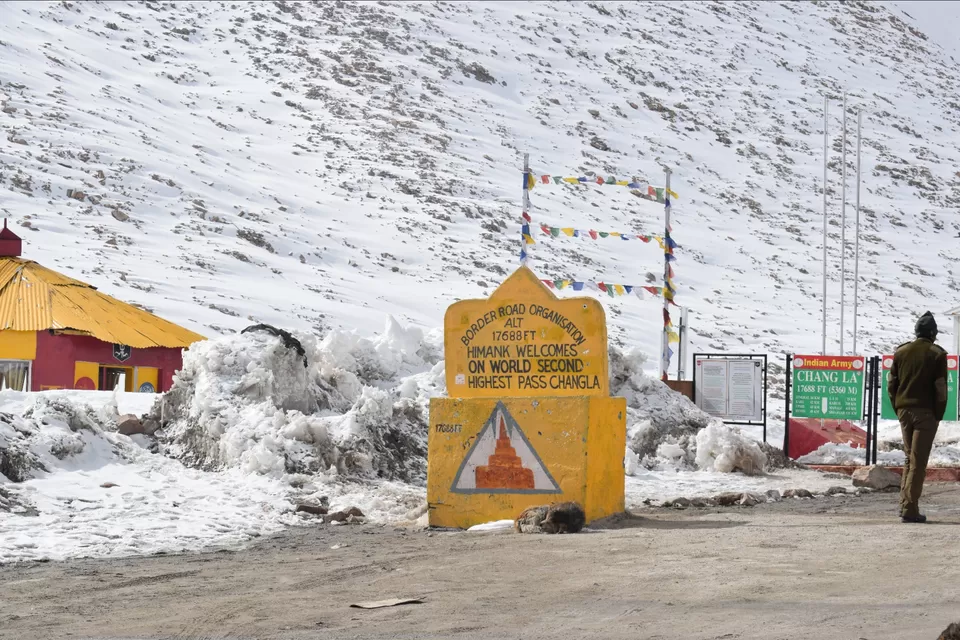
The picture below says it all. It's surreal, but real. At a distance of about 48 kms from Leh, this extremely picturesque place makes you realize that no Pablo or Michelangelo is greater than nature. This confluence of two rivers- Indus and Zanskar is named Sangam. The beautiful colors of confluence distinguishes these much revered rivers.

Who said eye's don't lie? This cyclops hill in Leh is mysterious in it's own way. This downhill slope appears to be uphill to our eyes, and you will be amazed to see cars moving up a downhill in neutral or when engines are turned off. This is a perfect example of optical illusion. Head to my instagram account (kamal_pr) to see the video.















